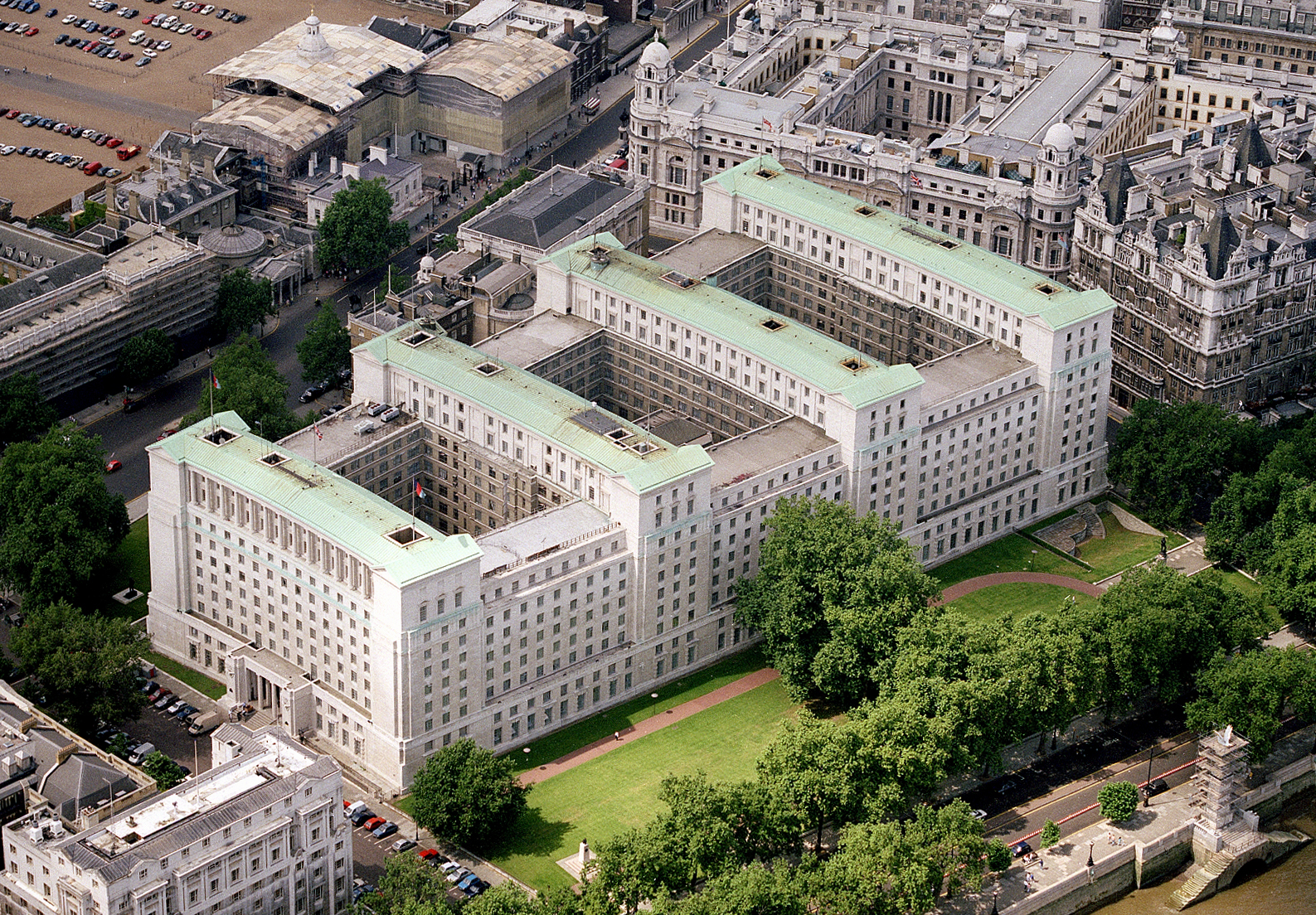Two proposals in the running for decommissioning project
Credit: Peter Byrne/PA Archive/PA Images
The government is pushing forward with proposals to use robots and virtual reality technology to decommission highly radioactive material.
The Integrated Innovation in Nuclear Decommissioning Competition was launched in 2017 to identify and fund proposals to use technology to safely decommission nuclear material. The field has now been narrowed down to proposals from two consortia: one led by energy services company Wood; and another fronted by engineering firm Barrnon.
Both submissions propose the use of remotely controlled or autonomous robots to access areas and handle material that are too hazardous for humans. The plans also feature the use of 3D imaging, virtual reality, and autonomous navigation.
Related content
- Defence secretary invests £66m to get robots on the front line
- MoD and Home Office put £1.6m into robot and drone projects for hazardous environments
- Robotics and AI get £93m in Industrial Strategy Challenge Fund
The government’s ultimate goal is the successful decontamination of buildings at the Sellafield power plant (pictured above) that, due to ongoing high levels of radioactivity, have been inaccessible for many years.
“If successful, the new systems could help to decommission scores of Sellafield cells that were used to reprocess spent nuclear fuel over many decades,” it said. “High radiation levels mean all clean-up operations must be carried out using remotely operated equipment, ensuring the workforce is protected.”
The government added. “The challenge set by the competition was to gain access to spaces that have been sealed for a number of years, establish the nature of the contents, accurately measure radioactivity levels, and deploy robotic equipment to cut up large items – including large vessels and pipework – segregate the waste and retrieve it for safe storage.”
The two proposals were among five that were chosen to receive up to £1.5m to build prototype models and subject them to testing in “a realistic non-reading environment”.
The technology developed by the Barrnon and Wood teams will now be tried out “in one of Sellafield’s radioactive facilities”.



